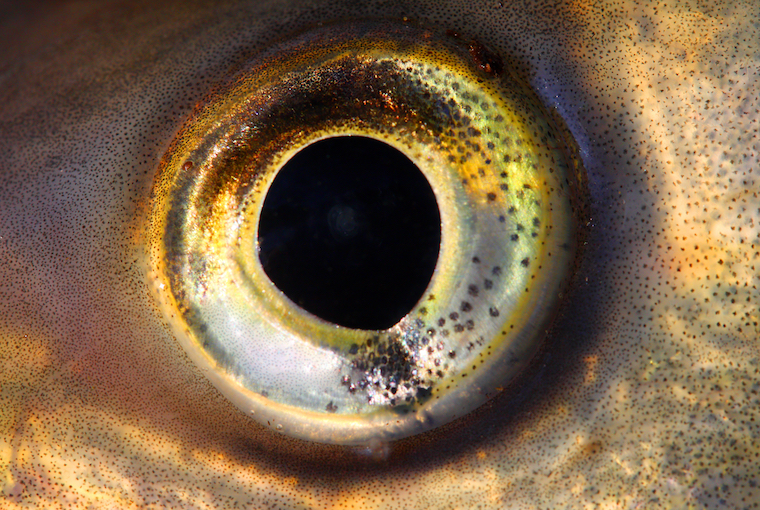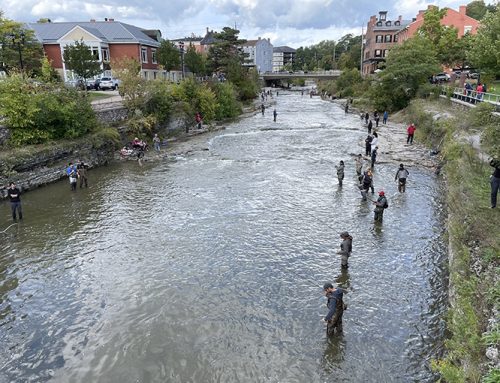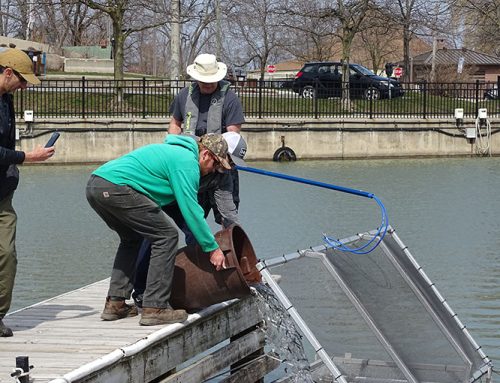
An advance in genetics will help scientists better understand Great Lakes lake trout.
Canadian and American scientists worked together to map the genome of the fish. Lake trout are widely distributed across North America, Great Lakes Fisheries Council Communications Director Marc Gaden explained. However, the fish that exist in Great Slave Lake, for instance, are different than Great Lakes fish.
“How is it the same species can do well in the deepest depths of Lake Superior and also do well in the shallower eastern basin of Lake Erie?” he asked.
The genome mapping will be available to other scientists and assist in their research.
“They can understand how the lake trout are hardwired to thrive in certain habitats and avoid others,” Gaden said.
This information can be used to better decide where to stock fish and which strains might fare better.
“The more you can understand what makes this organism tick, the more you can do to take steps to rehabilitate it,” he said.






Leave A Comment